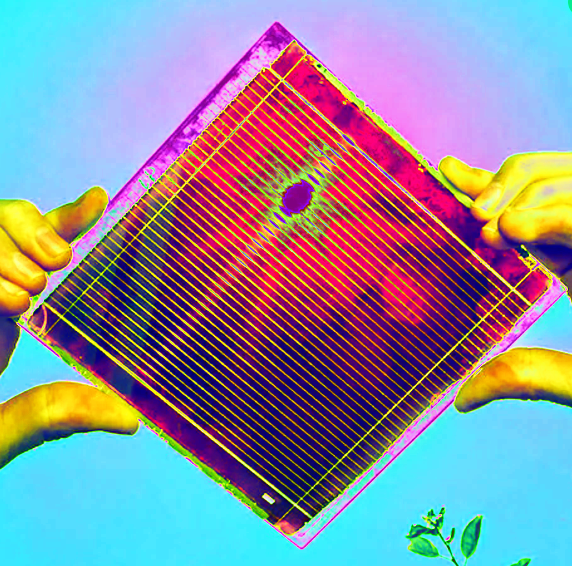See-through solar improved
 Australian researchers are working on transparent solar glass that could allow buildings to power themselves.
Australian researchers are working on transparent solar glass that could allow buildings to power themselves.
In a new project, researchers have increased the energy efficiency and stability of ‘solar windows’ while allowing more visible light to pass through.
Semi-transparent solar cells that can replace window glass and become power generators have been advancing rapidly in recent years, raising the exciting prospect of many buildings – particularly those with glass facades – becoming close to self-powering.
In 2020, members of the ARC Centre of Excellence in Exciton Science created a solar window prototype that allowed 10 per cent of visible light to pass through it, while achieving 17 per cent power-conversion efficiency.
That is close to the 20 per cent power-conversion efficiency of normal rooftop silicon solar cells, which are not transparent and cannot be used as windows.
The same team, based at Monash University and CSIRO, have now demonstrated power conversion efficiencies of 15.5 per cent and 4.1 paper cent for different types of prototype semi-transparent solar cells, with visible transmittance of 20.7 per cent and 52.4 per cent respectively.
While the power-conversion efficiencies are lower than their previous results, the amount of visible light these new materials allow to pass through is significantly greater, increasing their potential to be used in a wide range of real-world applications.
The researchers found that a combination of caesium and formamidinium in the initial perovskite composition delivered the best performance over different band gaps.
In solar cells, the band gap is the minimum energy that is harnessed for delivering power from the sun.
Significantly, these caesium and formamidinium perovskite solar cells demonstrated excellent long-term stability when tested for continuous illumination and heating, which mimics the conditions the devices would encounter in real-world use.
The work was mainly funded through the Australian Renewable Energy Agency (ARENA). The results have been published in the journal Advanced Science and are available here.







 Print
Print